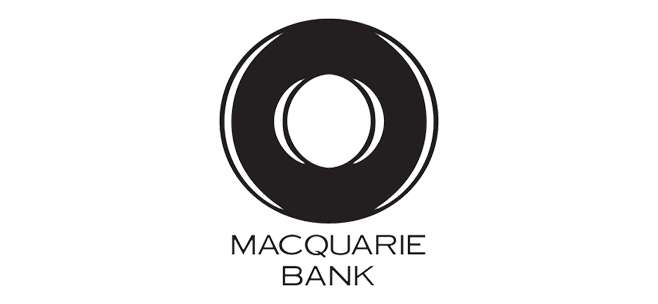In particular we focus on getting the loan structure right the first time, choosing which lenders to use in the right order (yes this is important) and finally getting our clients the best deal possible.
Self Employed income
Most lenders are fairly conservative with how they assess a self-employed person’s income. The general rule of thumb is you will need 2 years tax figures that support the amount you are looking to borrow.
There are several different methods lenders use to assess a self-employed persons' income. Some lenders take the latest year in isolation but will want a 2-year history, some will take an average of the last two years and some lenders will even take 120% of the previous year as their maximum allowable. If the latest year is lower than previous years lenders will most likely take the latest figure.
Then there is the way they treat things like depreciation, one of the costs, net profit and dividends.
For this reason, the lender you choose is an important consideration, as an assessment of self-employed income varies a lot lender to lender. This can have a massive bearing on your borrowing potential as the example below shows.
At Mortgage Experts, we understand the different lenders policies and how to use that to assist our clients to get the loan they know they can afford. We are self-employed too don’t forget!
How different lenders assess self employed income.
EXAMPLE:
John started a business in January 2020. The business is set up as a Pty Ltd company of which John is a sole director, sole shareholder and is also an employee. He now has 3 years’ worth of self-employed tax returns and company financial reports up to the 2022/2023 tax year as per below. The company has no liabilities and John has no liabilities either. He is single with no dependents. I have outlined his borrowing capacity with a few different lenders below.
2021 / 2022 - $50,000 personal taxable income, $50,000 company profit.
2022 / 2023 - $100,000 personal taxable income, $100,000 company profit.
- Lender A $200,000 pa income figure used. Income assessed as 100% of latest profit and personable income figures
- Lender B $150,000 pa income figure used. Income assessed as the average of John’s personal income and company profits of the last 2 years.
- Lender C $120,000 pa income figure used. Income assessed at 120% of 2022/23 figures.
- Lender D $100,000 pa income figure used. Based on the latest personal tax income without company profit
*Exclusion of company profit can be useful for borrowers who have company debts or who are not the sole owners of the company.
You can see that there is a massive difference between the allowable income calculations that lenders use and the resultant borrowing capacities. A few lender’s use the last year’s figures which can considerably increase your assessable income if you have had a big increase in your income over the last year.
Depreciation and expense add-backs
Often there are expenses in a business that can be added back to the income figures when working out borrowing potential. These are called surprise surprise “add backs” and cover things like large one-off costs, non-cash expenses such as depreciation, interest on loans being refinanced and additional super contributions for example. One-off costs could include something like legal and accounting fees for a merger of business entities or a one-off consultancy fee to improve business practice or efficiency.
While not all lenders accept 100% of depreciation as an add-back, many will and this can be a way to increase your borrowing potential as these are after all just paper expenses not true cash flow expenses.
Self-employed less than the normal 2 years minimum
We have in the past had success helping clients secure a loan when they have been self-employed for less than 2 years.
For example, an advertising creative who has been freelancing for 15 months with only one year’s self-employed tax returns but who has many years’ experience in their field would probably be OK. This is provided they were previously employed on a similar income amount and could prove as such.
We do have a few bank lenders who will now accept one year’s self-employed figures without further supporting circumstances. Generally still need to have been trading for 2 years (or at least 18 months with one lender).
Summary
Our expertise in complex lending goes hand-in-hand with our expert understanding of how to extract maximum income from a set of self-employed financials. We understand that there isn’t just one way these things are assessed and self-employed borrowing capacities can vary dramatically between lenders depending on their policies and models. We are skilled in working with complicated and intricate financials structures such as multiple trusts, partnerships, and companies and we understand the challenge of communicating these to the lender in a way they can accept and understand. If your business is growing (and your lender wants to use figures from over 2 years ago) or you think your lender is just being too conservative, please give Mortgage Experts a call to see if we can help.
Our Current Lender Panel










































